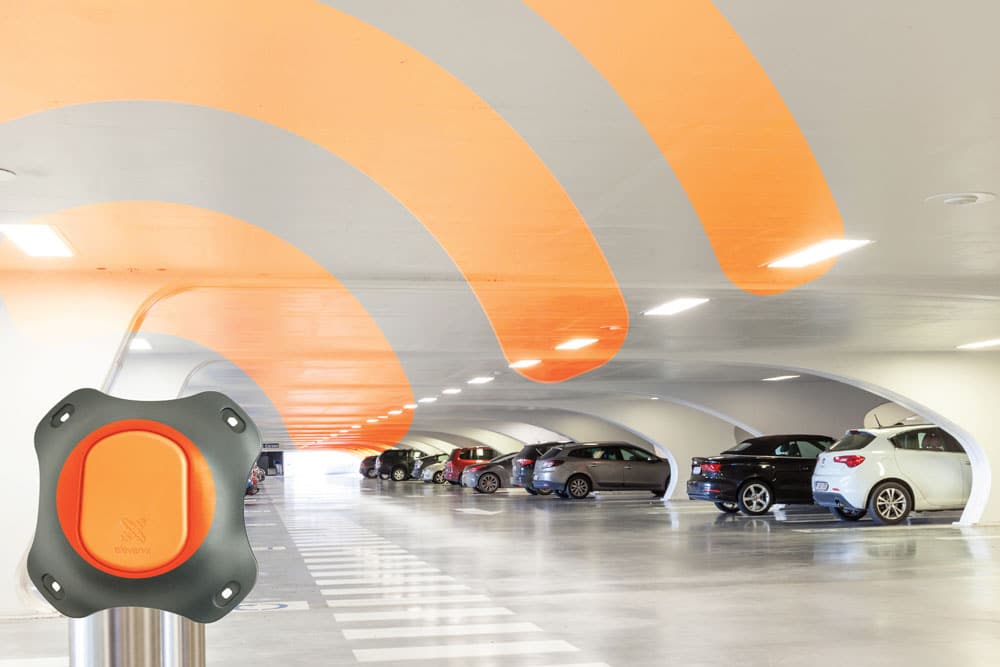Today's Parking Challenges
Meet Tomorrow's
Technology Solutions
Today's Parking Challenges Meet Tomorrow's Technology Solutions
Leveraging Smart Parking to Address Mobility, Compliance, and Optimization
Leveraging Smart Parking to Address Mobility, Compliance, and Optimization
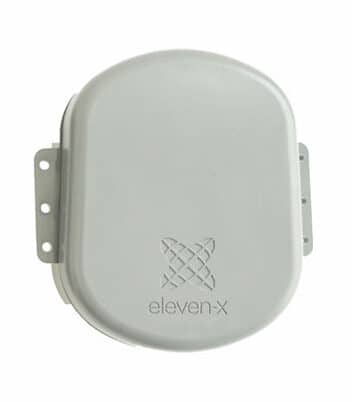
With COVID lockdowns lifting and many people returning to work, one of the irritations of urban life—mobility, and traffic congestion—has returned with full force. The issues of traffic and parking have continued to vex cities worldwide and it will become an even larger issue considering urban population density is set to increase to 68% by 2050.
Traditional interventions to improve mobility often include a similar set of “tools” such as optimizing traffic-light management, improving public transit services, and expanding infrastructure for non-traditional modes of transportation such as cycling. All these actions are helpful in cutting down congestion however, there is one solution that is often overlooked—sensor-based smart parking.
Currently, most on-street parking, surface parking lots, and parking structures do not offer drivers a way of accurately knowing where a space is available. This in turn causes drivers to “circle” or search until they find one which not only creates congestion but also creates a poor experience for drivers. A 2017 study found that searching for parking costs Americans $73 billion in wasted time, fuel, and emissions. In the major U.S. cities drivers spend an average of 35 to 65 hours looking for parking. This average increases dramatically in metropolises like NYC where drivers spend 107 hours per year searching for parking at a cost of $2,243 per driver, amounting to $4.3 billion a year. Furthermore, 63% of the nearly 6,000 U.S. drivers surveyed said they avoid popular destinations due to parking challenges.
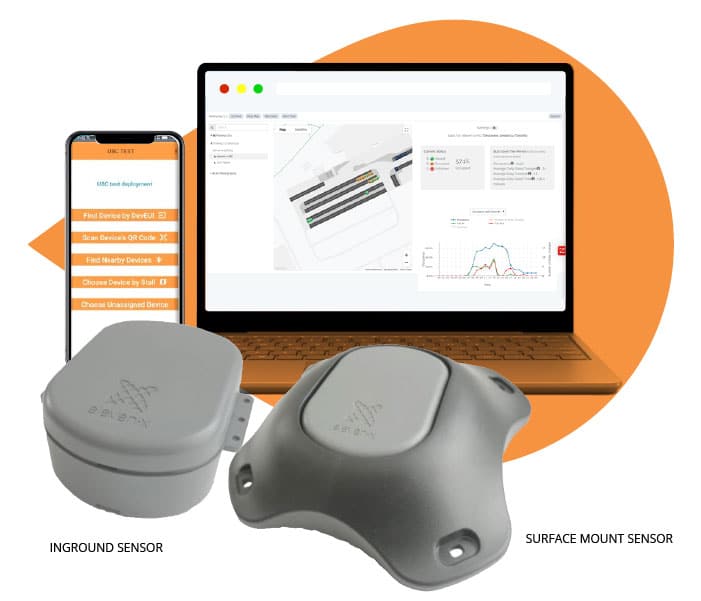
Incorporating sensor-based smart parking solutions at major tourist locations, dense downtown cores, or business sections and at academic institutions can be a great asset in addressing traffic congestion and encourage more visitors. Another important benefit to smart parking sensors is that insights gained from that data can be used to optimize programs and influence future traffic planning for road closures or large events.
The following case studies from two projects demonstrate the benefits of smart parking in improving traffic management and how to best use limited parking resources. They will also show the added benefits of smart parking sensors—improved compliance, increased revenue, and ultimately a better overall experience for residents and visitors alike.
The Town of Oakville
Oakville is located along the shores of Lake Ontario, in Ontario, Canada, and is home to approximately 225,000 residents in addition to an average influx of 1.4 million visitors annually. Residents, combined with a steady influx of visitors, consistently converge to experience the town’s dense and unique downtown district. To help visitors find parking more easily in their popular downtown retail and dining district, as well as gain a better understanding of parking utilization and compliance, the town deployed a wireless smart parking solution.
Approximately 1,200 wireless sensors were deployed in December 2021 across 32 lots (both on-street and off-street) in the town’s bustling downtown core along with two digital signs at main corridor entry points. The smart parking solution also included an easy-to-use web app that takes data from the sensors and integrates with a dashboard or other platforms providing the town with easy access to real-time status capabilities and historical utilization data collection on each stall within their parking inventory. Furthermore, now residents and visitors of Oakville had real-time access to parking availability, resulting in a dramatically enhanced parking experience, reduced cruise time searching for parking spots, reduced greenhouse gas emissions, improved roadway safety, and enhanced equity for drivers requiring specialty stalls like EV charging and accessibility.
The data also helped Oakville’s parking management team to:
- Determine if payment and compliance by visitors and staff aligned with various bylaws
and regulations. - Identify which parking spaces are underutilized and can be made available/more accessible to drivers.
- Discern where additional enforcement is required to ensure payment and bylaw compliance.
Municipal leaders were then able to tailor a data-driven approach for their enforcement, ultimately enhancing the residents/visitors driving experience and optimizing the municipality’s operations. Improvements and insights included:
- A better understanding on which locations would benefit from better wayfinding and signage.
- Providing data to the town’s parking consultants for an ongoing commercial parking utilization study and planning efforts.
- Increased parking revenues via increased paid parking compliance.
The University of British Columbia

The University of British Columbia (UBC) is a sprawling multi-campus institution with 60,000 students and almost 15,000 staff and faculty. Housing 8,300 parking spaces, it is the largest university parking operation in Canada. At UBC parking assets have significant influence on both the university’s budget as well as visitor, staff, and student experiences. However, the University’s Parking and Access Services (PAS) team had limited insight on how their current assets were being used.
“Our challenge really is one of access points,” said Brian Jones, UBC’s director, PAS. “We have spots, but everyone wants access to the most convenient spots.” To help provide the best parking and accessibility programs at the university, UBC wanted insights on whether they were meeting accessibility parking stall requirements, if they could balance the use of spaces in high traffic areas for multiple-use designations, and if congested delivery/drop off areas were being optimized.
To streamline and enhance the on-campus parking experience, UBC leveraged a smart parking solution. Sensors were installed in parking stalls throughout the campus enabling UBC to collect valuable short-term and long-term data. The real-time data collected allowed for agile decision-making, helping PAS optimize areas where access to the university is needed most. Additionally, longer-term, trend-tracking created a data-rich parking profile, which enabled intelligent data-driven decisions about current and future parking assets. For example, as part of an expanded phase, spaces in high-traffic areas were added to help address congestion. This robust data has helped the PAS team operate at peak efficiency and is now laying a solid foundation for future initiatives.
UBC will continue to roll-out the sensors to additional stalls in the coming year and any new infrastructure, including new parkades being built on the campus, will be fitted with parking sensors to maximize new asset use from inception. Jones and the PAS team will continue to investigate how the solution could facilitate a multi-purpose approach to parking spaces. For example, using digital signage, spaces located in high-traffic areas can be designated for specific uses at specific times depending on need. This flexible space solution could help address campus congestion issues and ensure efficient access for service vehicles, accessible parking, and quick deliveries.
“Now that the program has been implemented and is starting to take root, it is exciting to begin investigating all the possible applications, and the potential we have to completely transform the future of parking at UBC,” says Jones.
In short, with urban growth set to increase exponentially, mobility and congestion and the associated headaches that come with it, including the negative financial impact, will also continue to grow. As such, it is critical that cities, institutions, and major venues leverage all possible tools to ease congestion and improve the daily life of citizens. Importantly, these two use cases demonstrate the additional benefits of leveraging smart parking solutions. Beyond simply counting cars, sensor-based smart parking solutions can address mobility and congestion issues, improve compliance, increase revenues, and better influence future traffic and/or parking-related initiatives, all of which will provide a better life experience for everyone.
istock / den boma
shutterstock/ Labrynthe, netsign33, mynewturtle
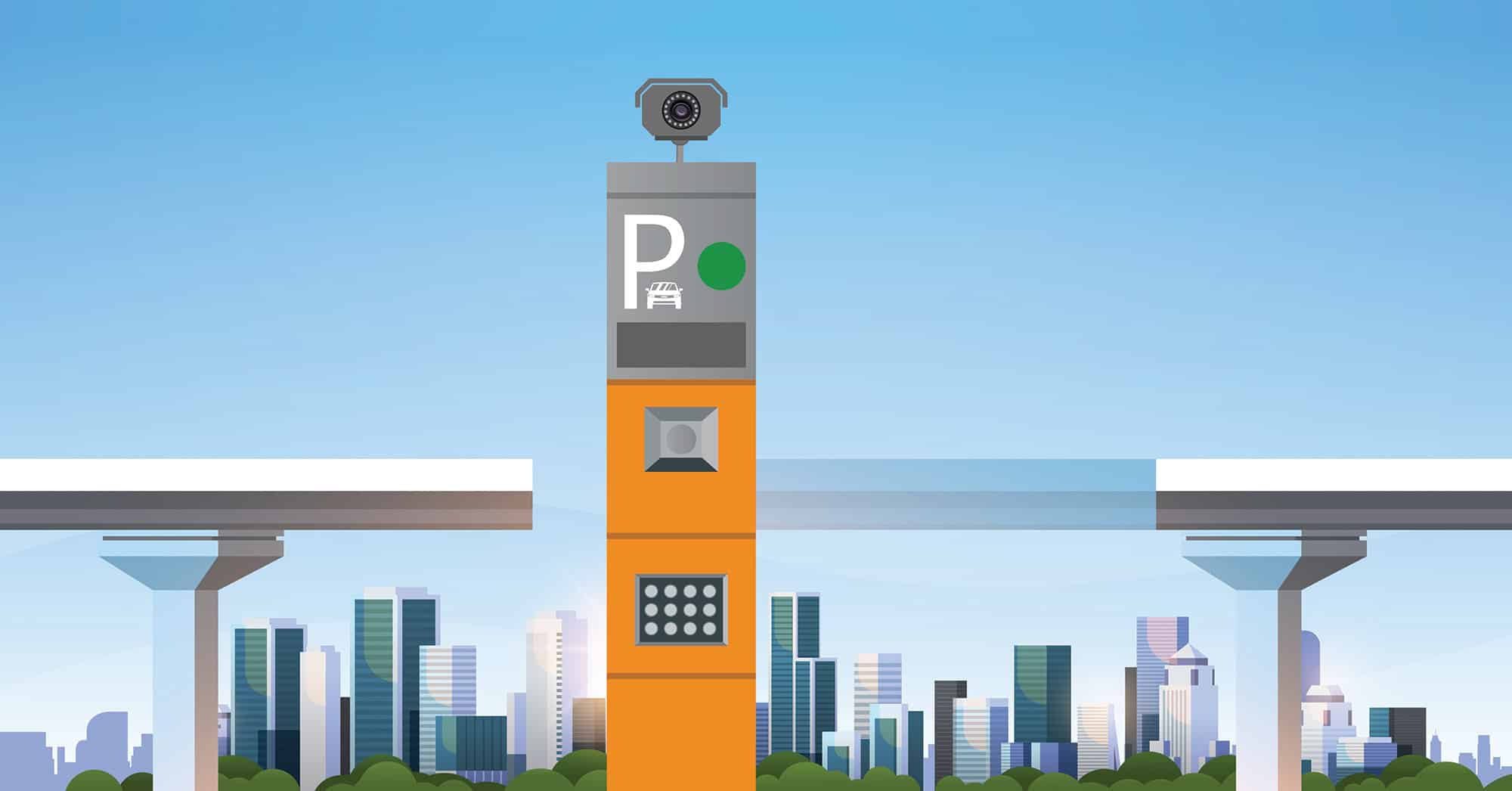
Bridging the Generation Gap
Technology s Transformative Role in Shaping the Parking Workforce
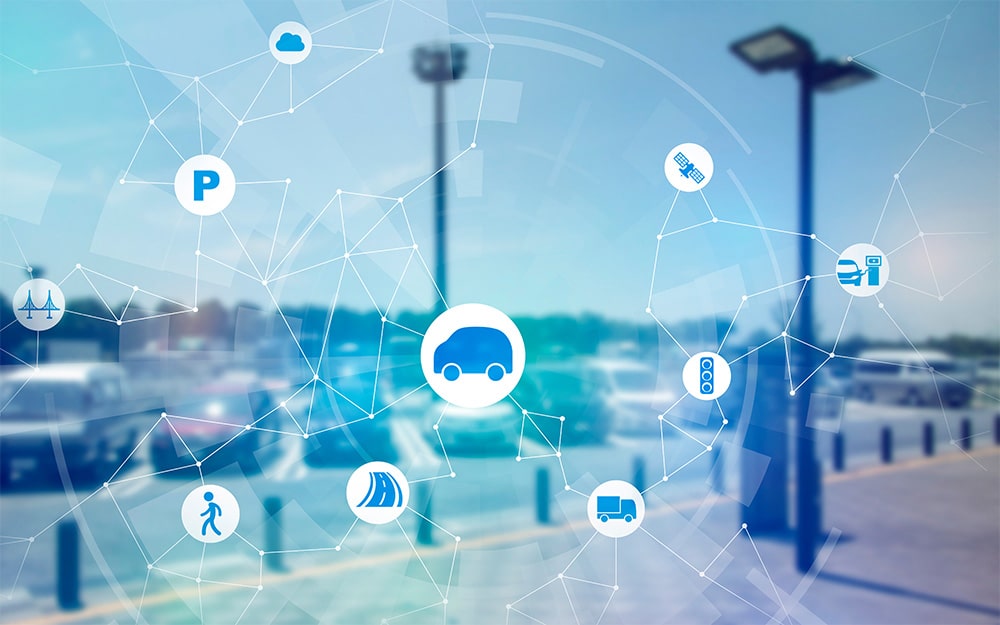
The Prudent Choice
Why Parking Operators Should Remain Technology Agnostic
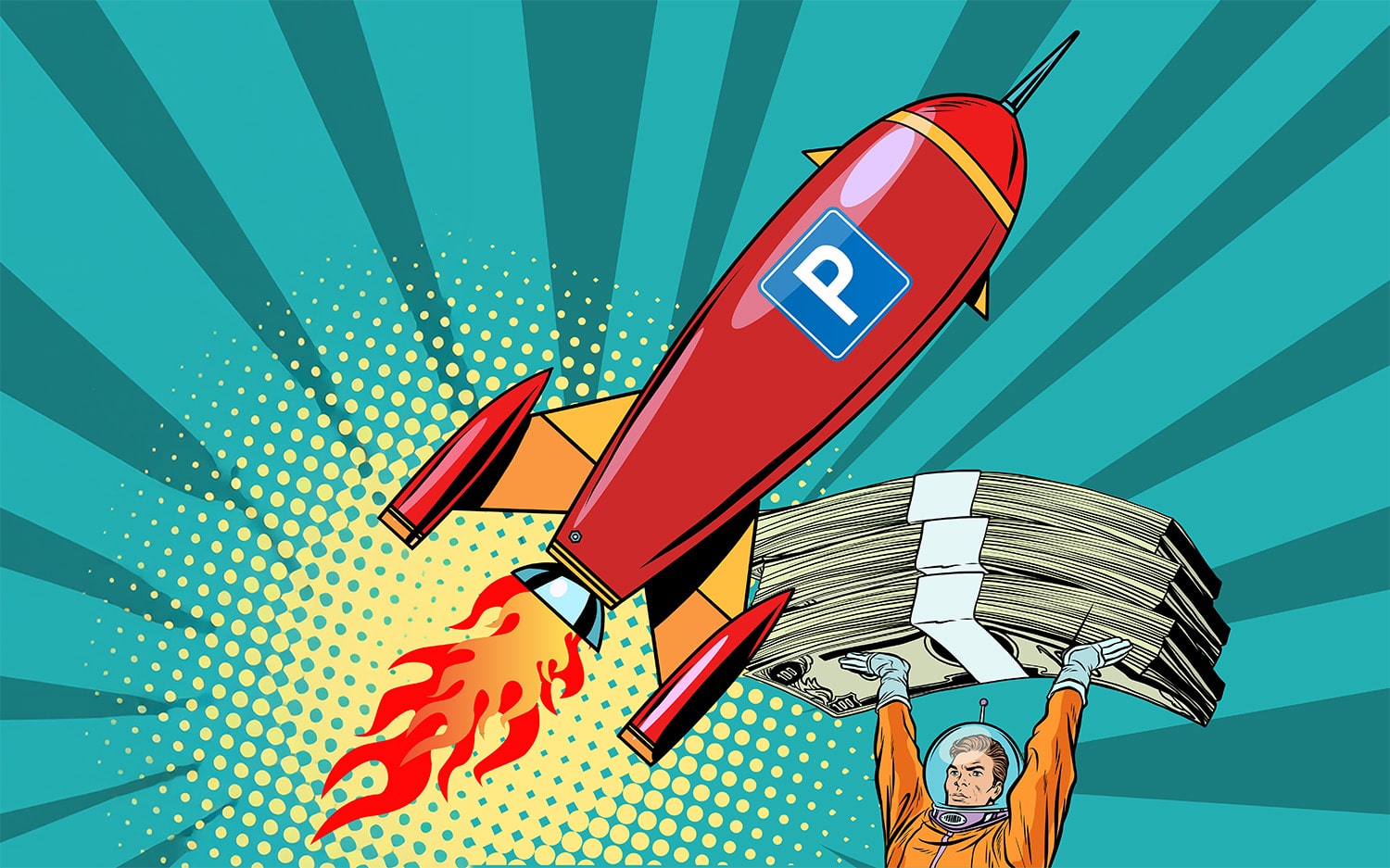
Accelerating Change
The Role of Investment in Parking s Future

